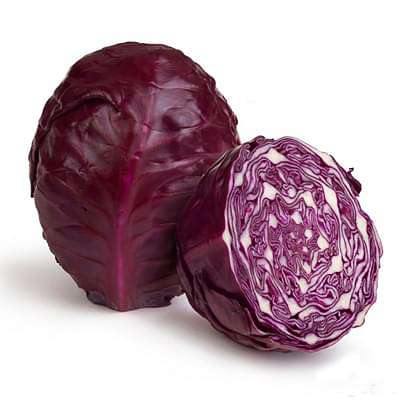
Cabbage Red Arce - Vegetable Seeds
(MRP Inclusive of all taxes)
- Shipping ₹79 for entire order
- Dispatch in 7 days
- Country of origin: India

(MRP Inclusive of all taxes)
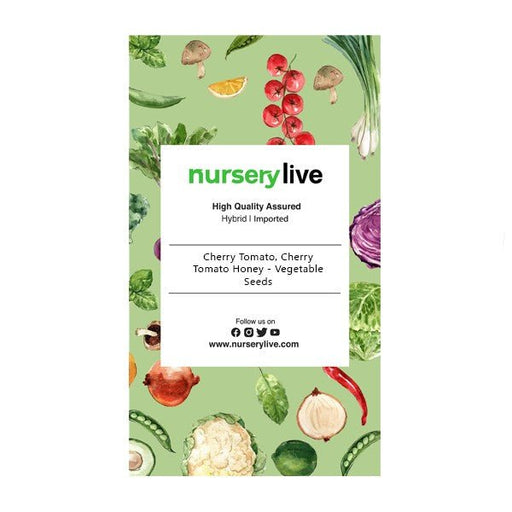
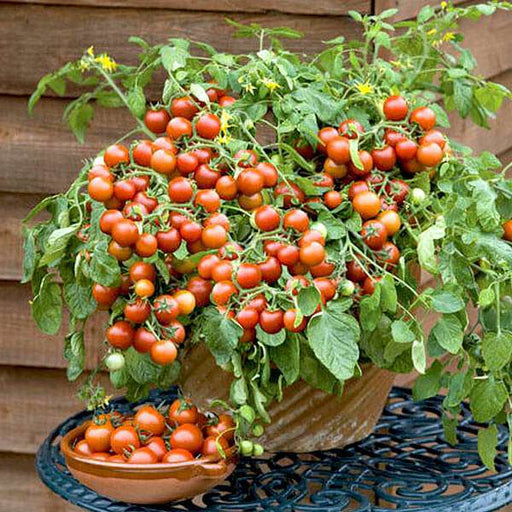 Save 25%
Save 25%
Cherry Tomato, Cherry Tomato Honey - Vegetable Seeds Discover the delightful world of Cherry Tomato Honey seeds, perfect for home gardener...
View full details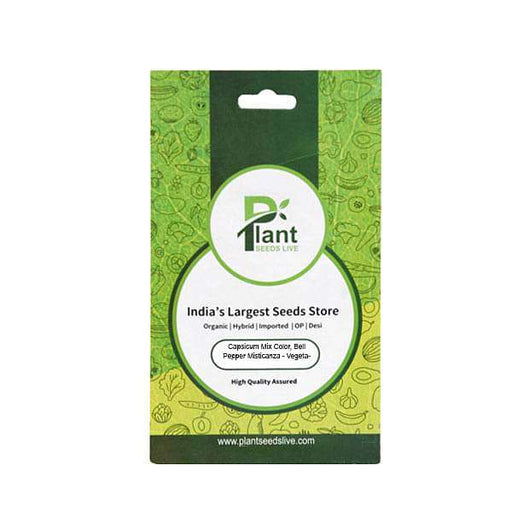
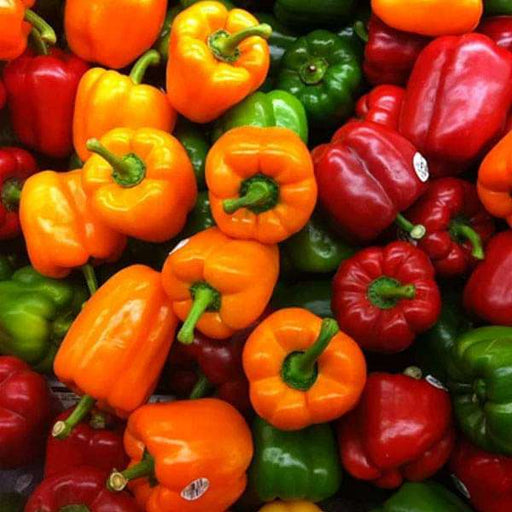 Save 25%
Save 25%
Capsicum Mix Color, Bell Pepper Misticanza - Vegetable Seeds Transform your garden into a vibrant spectacle with our Capsicum Mix Color, B...
View full details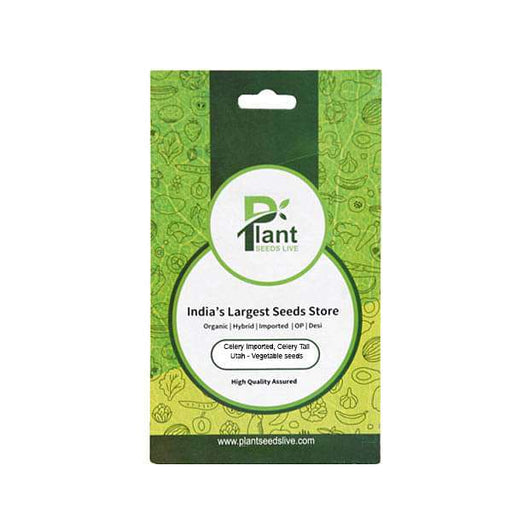
 Save 25%
Save 25%
Celery Imported, Celery Tall Utah - Vegetable Seeds Discover the exceptional flavor and crisp texture of Celery Tall Utah, a premium varie...
View full details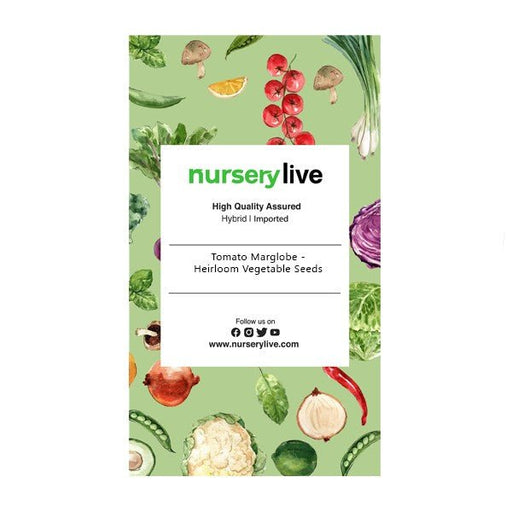
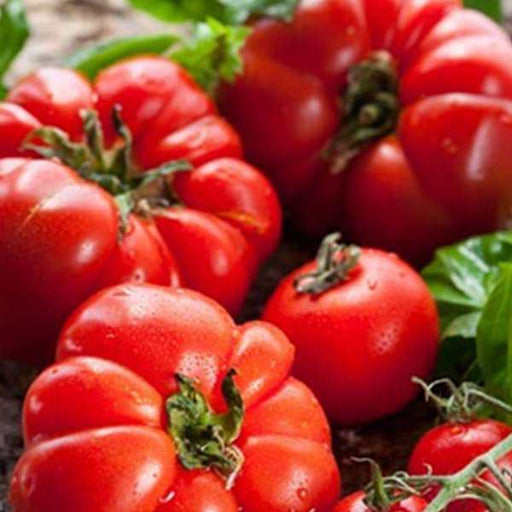 Save 25%
Save 25%
Tomato Marglobe - Heirloom Vegetable Seeds The Tomato Marglobe is a classic heirloom variety known for its robust flavor and exceptional y...
View full details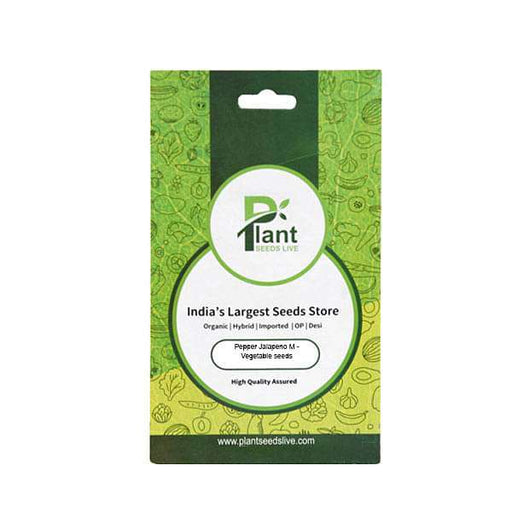
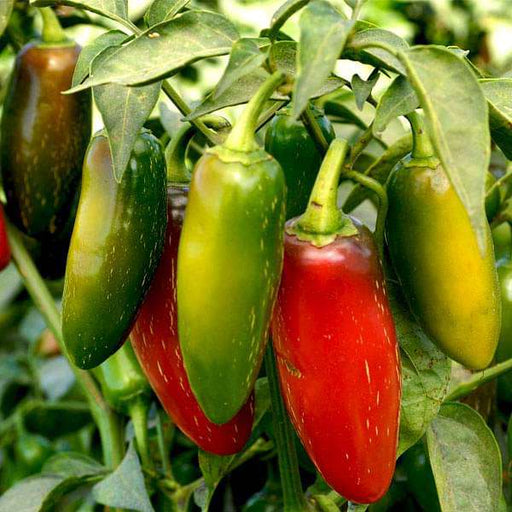 Save 25%
Save 25%
Pepper Jalapeno M - Vegetable Seeds Introducing the Pepper Jalapeno M, a premium variety of jalapeno pepper seeds that promises to elevate...
View full details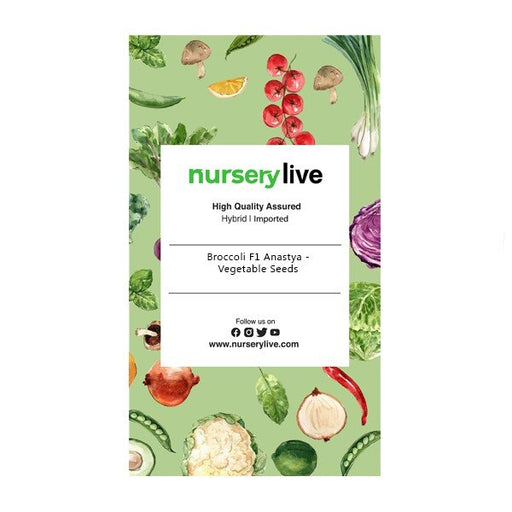
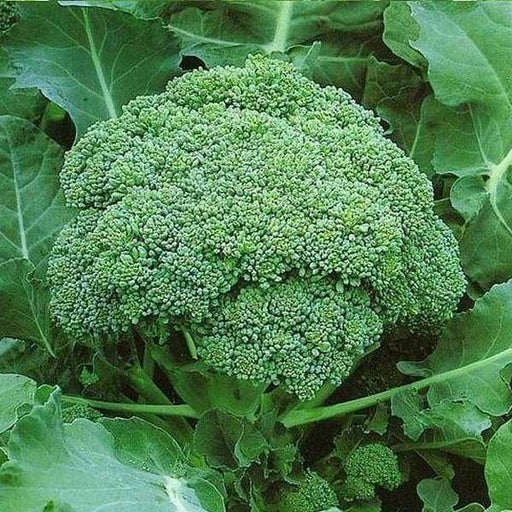 Save 25%
Save 25%
Broccoli F1 Anastya - Vegetable Seeds Introducing Broccoli F1 Anastya, a premium hybrid variety known for its exceptional yield and robust...
View full details Save 25%
Save 25%
Sweet Corn F1 Hybrid - Vegetable Seeds Introducing our premium Sweet Corn F1 Hybrid Vegetable Seeds, designed for the discerning gardener ...
View full details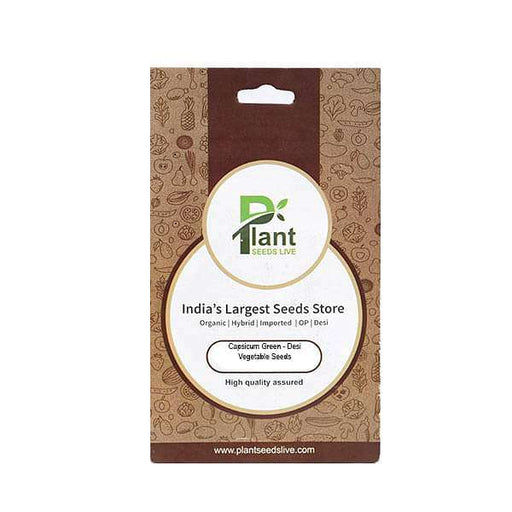
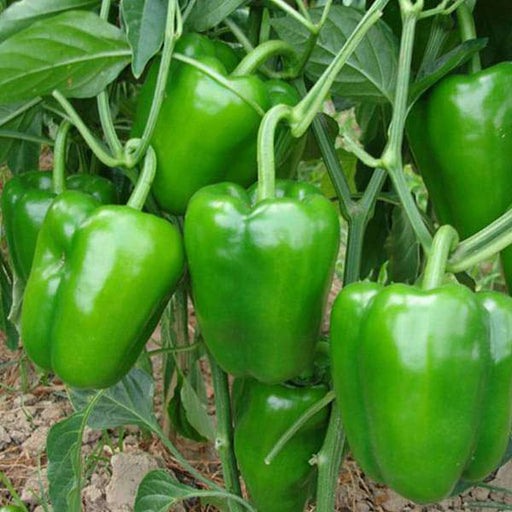 Save 25%
Save 25%
Capsicum Green - Desi Vegetable Seeds Capsicum Green, also known as bell pepper, is a vibrant and nutritious addition to your garden. Thes...
View full details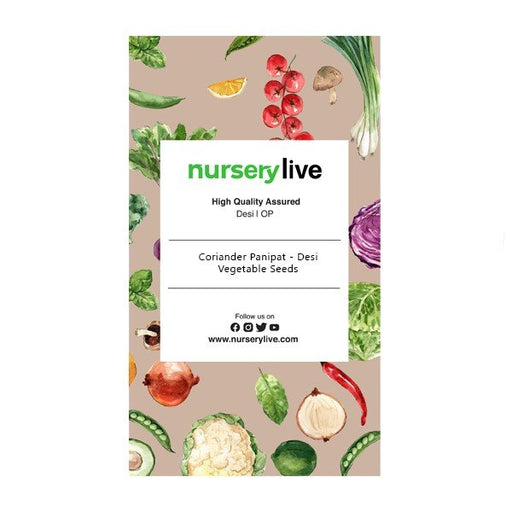
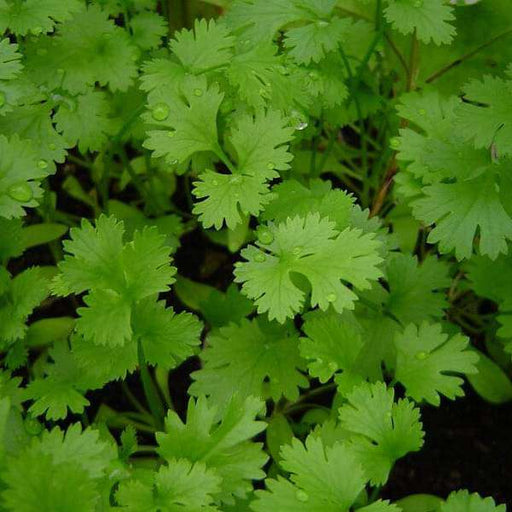 Save 25%
Save 25%
Coriander Panipat - Desi Vegetable Seeds Coriander Panipat is a premium variety of coriander seeds, cherished for its aromatic leaves and ...
View full details
 Save 25%
Save 25%
Cherry Tomato, Cherry Tomato Honey - Vegetable Seeds Discover the delightful world of Cherry Tomato Honey seeds, perfect for home gardener...
View full details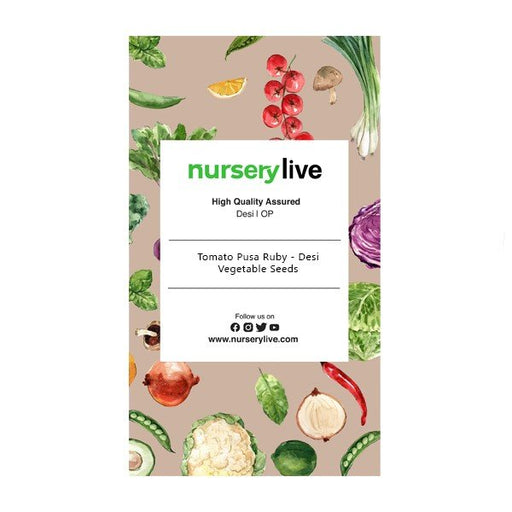
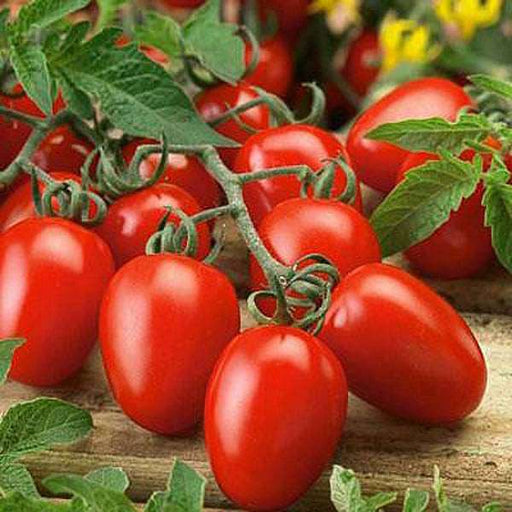 Sold out
Sold out
Tomato Pusa Ruby - Desi Vegetable Seeds The Tomato Pusa Ruby is a premium variety of tomato seeds, renowned for its vibrant red color, jui...
View full details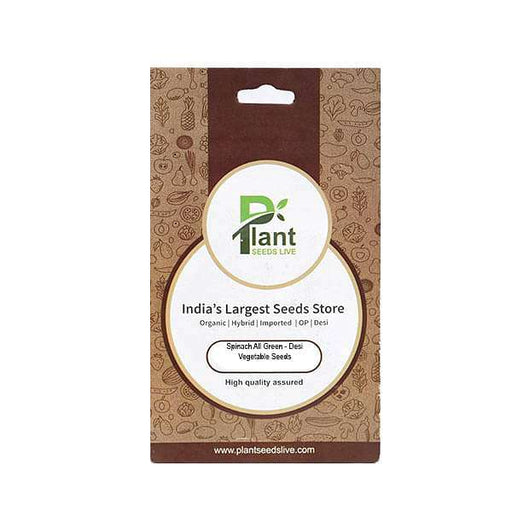
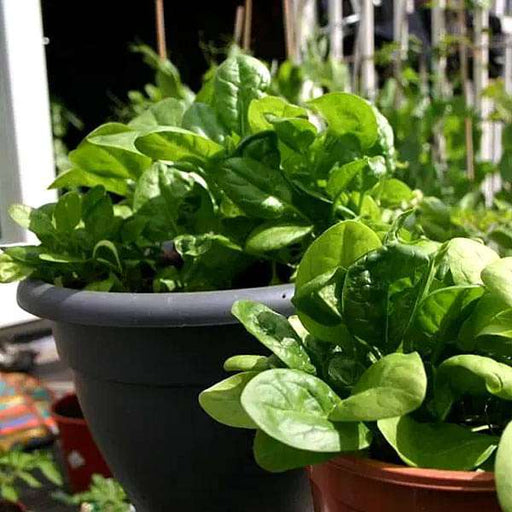 Save 25%
Save 25%
Spinach All Green - Desi Vegetable Seeds Introducing the Spinach All Green - Desi Vegetable Seeds, a premium variety of spinach that thriv...
View full details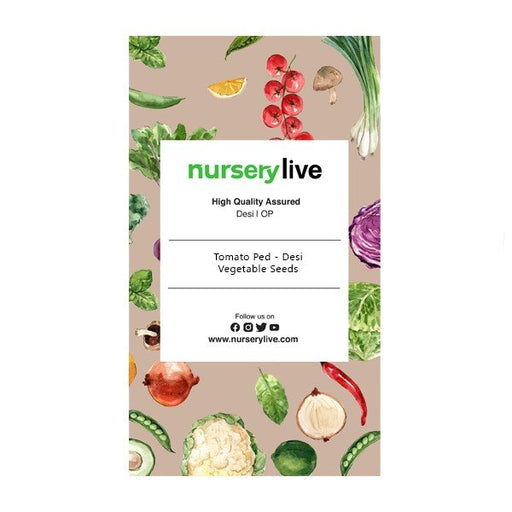
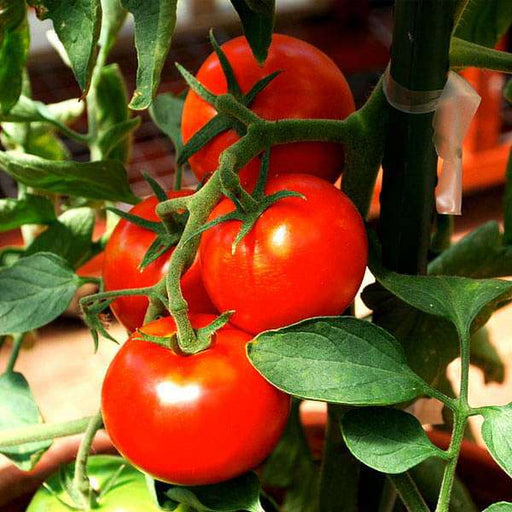 Save 25%
Save 25%
Tomato Ped - Desi Vegetable Seeds Introducing the Tomato Ped - Desi Vegetable Seeds, a premium selection of heirloom tomato seeds that pro...
View full details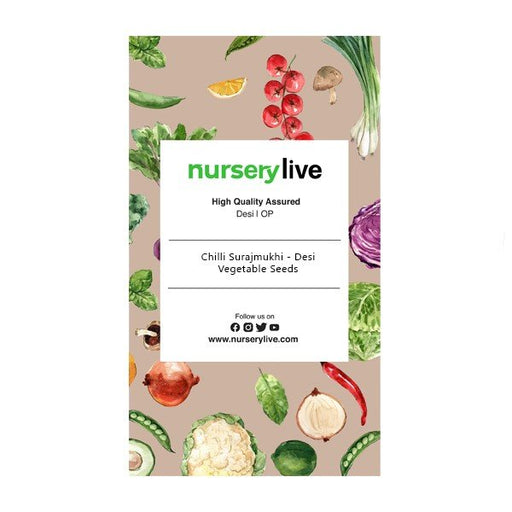
 Save 25%
Save 25%
Chilli Surajmukhi - Desi Vegetable Seeds Introducing the Chilli Surajmukhi, a unique variety of desi vegetable seeds that brings a burst o...
View full details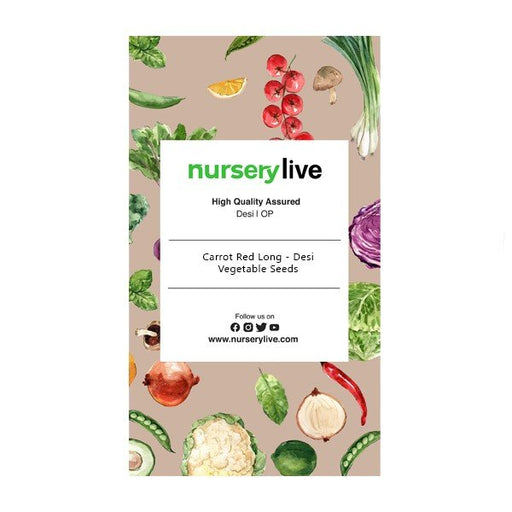
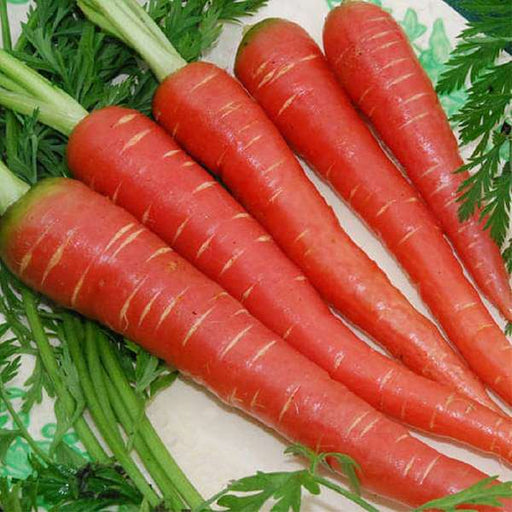 Save 25%
Save 25%
Carrot Red Long - Desi Vegetable Seeds Introducing the Carrot Red Long - Desi Vegetable Seeds, a premium variety known for its vibrant col...
View full details
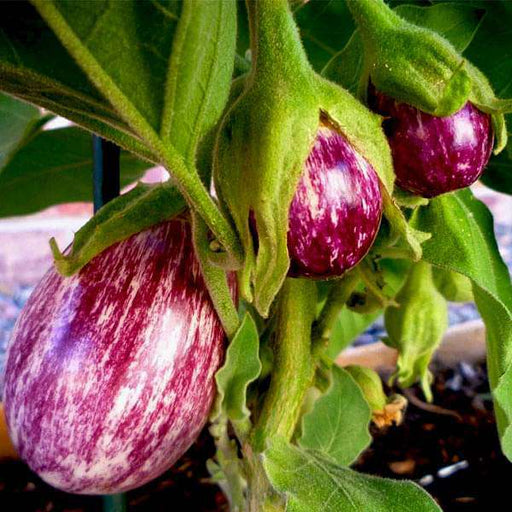 Save 25%
Save 25%
Brinjal Purple Round - Desi Vegetable Seeds Discover the rich flavors and vibrant colors of Brinjal Purple Round, a staple in Indian cuisi...
View full details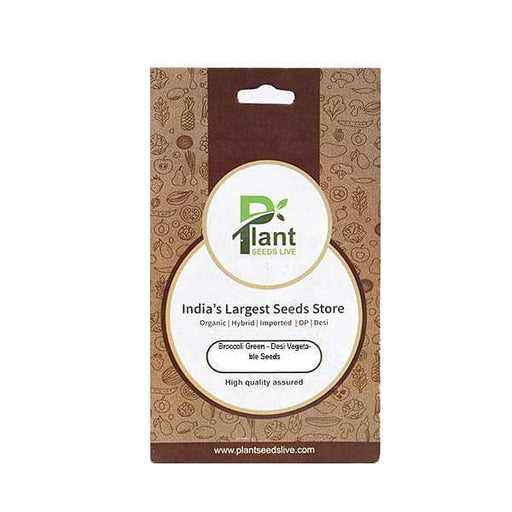
 Save 25%
Save 25%
Broccoli Green - Desi Vegetable Seeds Discover the vibrant world of Broccoli Green with our premium Desi Vegetable Seeds. Known for its ri...
View full details
 Save 35%
Save 35%
Best 6 Plants for Perfect Indoor Garden Transform your living space into a lush oasis with our curated collection of the Best 6 Plants for a...
View full details
 Save up to 50%
Save up to 50%
Mini Succulent Garden Pack Transform your space with our Mini Succulent Garden Pack, featuring a delightful collection of 4 any variety beautiful s...
View full details
 Save 30%
Save 30%
5 Best Fragrant Plants Transform your garden or indoor space into a fragrant paradise with our curated selection of the 5 Best Fragrant Plants. Th...
View full details
 Save 24%
Save 24%
Set of 2 Bonsai Looking Grafted Adeniums Transform your indoor or outdoor space with our exquisite Set of 2 Bonsai Looking Grafted Adenium...
View full details Save 45%
Save 45%
Top 4 Die Hard Succulents Pack Transform your indoor or outdoor space with our Top 4 Die Hard Succulents Pack, featuring a curated selecti...
View full details
 Save 30%
Save 30%
5 Best Indoor Plants Pack Transform your living space into a lush oasis with our '5 Best Indoor Plants Pack.' This carefully curated collection fe...
View full details
 Save 25%
Save 25%
Set of 4 Evergreen Air Purifier Plant Pack Transform your indoor space into a lush, green oasis with our Set of 4 Evergreen Air Purifier Pla...
View full details| SrNo | Item Name |
|---|---|
| 1 | Cabbage Red Arce - Vegetable Seeds |
The Cabbage Red Arce is a vibrant and nutritious addition to any garden. Known for its striking deep purple color and crisp texture, this variety of cabbage not only enhances the visual appeal of your dishes but also packs a punch of flavor and health benefits. Rich in antioxidants, vitamins C and K, and dietary fiber, Red Arce cabbage is a powerhouse of nutrition that can elevate your meals.
What makes the Cabbage Red Arce special is its unique ability to thrive in various climates, making it a versatile choice for gardeners. Its robust nature allows it to resist pests and diseases, ensuring a bountiful harvest. This heirloom variety has been cultivated for generations, offering a taste of history along with its modern-day benefits.
Special features of the Cabbage Red Arce include its high anthocyanin content, which not only gives it its stunning color but also contributes to its health benefits. This cabbage variety is perfect for both raw and cooked dishes, making it a staple in salads, stir-fries, and pickling.
Growing Cabbage Red Arce contributes positively to the environment by promoting biodiversity in your garden. As a cool-season crop, it requires less water than many warm-season vegetables, making it a sustainable choice for eco-conscious gardeners. Additionally, its ability to deter pests naturally reduces the need for chemical pesticides, fostering a healthier ecosystem.
If you think cabbage is just a boring green vegetable, think again! Cabbage seeds are the tiny powerhouses that can transform your garden into a vibrant patch of leafy goodness. With a little love and care, these seeds can sprout into robust plants that not only add color to your plate but also pack a nutritional punch. So, why not give your garden a makeover with these little green gems?
Who knew that a vegetable could be a superhero? Red cabbage is not just a pretty face; it’s loaded with antioxidants, vitamins, and minerals. This vibrant veggie can help boost your immune system, improve digestion, and even promote heart health. Plus, its striking color can make any dish pop! So, let’s raise a toast to red cabbage—your new best friend in the quest for a healthier lifestyle.
Ready to dig into the world of vegetable gardening? Whether you’re a seasoned pro or a newbie with a trowel, there are always tips and tricks to make your garden thrive. From soil preparation to pest control, a little knowledge can go a long way. So, roll up your sleeves, grab your gardening gloves, and let’s turn that patch of dirt into a bountiful vegetable paradise!
If you’re tired of chemicals and pesticides ruining your garden vibe, organic gardening is your ticket to a greener thumb. By embracing natural methods, you can grow your red cabbage seeds without the guilt of harmful substances. Plus, organic gardening is not just good for you; it’s good for the planet! So, let’s get our hands dirty and cultivate a garden that’s as pure as your intentions.
Who says cabbage has to be boring? With a plethora of cabbage varieties out there, you can spice up your garden with different shapes, sizes, and colors. From the classic green to the stunning purple, each variety has its own unique flavor and texture. So, why settle for one when you can have a whole cabbage family? Let’s celebrate the diversity of this humble vegetable!
Growing red cabbage is like hosting a party in your garden. These vibrant plants love the spotlight and thrive in cool weather. With the right conditions, you’ll be rewarded with heads of cabbage that are not only beautiful but also delicious. So, grab your gardening tools and let’s get this cabbage party started—your taste buds will thank you!
Did you know that some plants are better friends than others? When it comes to cabbage, certain companion plants can help it thrive while keeping pests at bay. Think of them as the bodyguards of your garden. From aromatic herbs to flowering plants, these companions can create a harmonious ecosystem that benefits everyone. So, let’s pair up and make your cabbage the star of the show!
The moment of truth has arrived! Harvesting cabbage is like unwrapping a present you’ve been waiting for. With a little patience and timing, you can enjoy the fruits of your labor. Whether you’re slicing it for a salad or fermenting it for some homemade sauerkraut, the satisfaction of harvesting your own cabbage is unmatched. So, grab your knife and let’s celebrate the bounty of your garden!
So, you’ve grown a mountain of cabbage—now what? Proper cabbage storage is key to keeping your leafy treasures fresh and delicious. Whether you’re refrigerating, freezing, or pickling, knowing how to store your cabbage can extend its shelf life and keep it crisp. So, let’s dive into the world of cabbage storage and ensure that your hard work doesn’t go to waste!
If you think cabbage is just for coleslaw, think again! The culinary world is bursting with creative cabbage recipes that will make your taste buds dance. From stir-fries to soups, this versatile vegetable can take center stage in a variety of dishes. So, roll up your sleeves and get ready to whip up some cabbage magic in the kitchen!
Let’s talk about the elephant in the room—cabbage nutrition facts! This leafy green is not just low in calories; it’s also a treasure trove of vitamins and minerals. Packed with fiber, vitamin C, and antioxidants, cabbage is a nutritional powerhouse that can support your health in numerous ways. So, let’s give cabbage the credit it deserves and make it a staple in our diets!
Cabbage Red Arce - Vegetable Seeds are your ticket to a vibrant garden! This variety boasts stunning purple-red leaves and a crisp texture, perfect for salads or slaws. They’re not just pretty; they’re packed with nutrients too! Plant these seeds and watch your garden transform into a colorful culinary paradise.
Planting Cabbage Red Arce - Vegetable Seeds is as easy as pie—cabbage pie, that is! Start by choosing a sunny spot with well-drained soil. Sow the seeds about ¼ inch deep, spacing them 12-18 inches apart. Water them regularly, and soon you’ll have a garden full of gorgeous, crunchy cabbages!
Cabbage Red Arce loves a cool climate, thriving best between 60°F and 70°F. Think of it as the Goldilocks of vegetables—not too hot, not too cold, but just right! If temperatures soar, your cabbage might sulk, so keep it cool and watch it flourish like a diva in a spa!
By the time they’re ready, you’ll be a culinary wizard, ready to whip up something delicious!
Cabbage Red Arce is a magnet for pests like aphids and cabbage worms. Think of them as uninvited guests at your garden party! Keep an eye out and use organic pest control methods to send them packing. Your cabbages deserve a pest-free life, just like you deserve a drama-free dinner!
Absolutely! Cabbage Red Arce is container-friendly, making it perfect for urban gardeners. Just ensure your pot is at least 12 inches deep and has good drainage. With a little love and care, you’ll have a stunning display of cabbages right on your balcony or patio!
Timing is everything! For Cabbage Red Arce, spring and fall are the prime planting seasons. Aim for early spring or late summer to avoid the heat. This way, your cabbages can grow happily without wilting under the sun’s relentless gaze. Timing is key to a bountiful harvest!
Harvesting Cabbage Red Arce is like waiting for the perfect moment in a rom-com. Look for heads that are firm and have reached about 6-8 inches in diameter. Gently twist or cut the head from the stem, and voilà! You’ve got yourself a fresh, crunchy cabbage ready for the spotlight!
Yes, indeed! Cabbage Red Arce is a superstar in the organic gardening world. Use organic seeds, natural fertilizers, and pest control methods to keep your garden eco-friendly. You’ll not only grow delicious cabbages but also contribute to a healthier planet. It’s a win-win for you and Mother Earth!
Cabbage Red Arce is a nutritional powerhouse! Packed with vitamins C and K, fiber, and antioxidants, it’s like a health potion in leafy form. Eating this vibrant veggie can boost your immune system and improve digestion. So, go ahead and indulge—your body will thank you for the colorful treat!
Absolutely! Saving seeds from Cabbage Red Arce is like keeping a little piece of your garden magic. Allow a few heads to bolt and flower, then collect the seeds once they dry. Store them in a cool, dark place, and you’ll have a treasure trove of seeds for next season’s garden adventure!